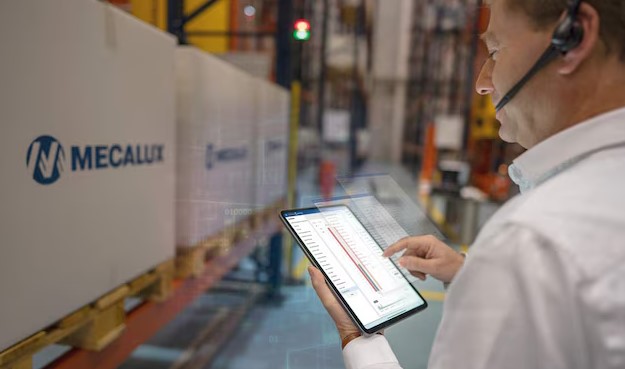 In the realm of production management and supply chain, push and pull systems represent two distinct approaches to managing the flow of materials and information. Understanding the differences between these two systems is essential for implementing more efficient and responsive production strategies.
In the realm of production management and supply chain, push and pull systems represent two distinct approaches to managing the flow of materials and information. Understanding the differences between these two systems is essential for implementing more efficient and responsive production strategies.
A push system is a traditional approach where production and procurement activities are driven by demand forecasts and centralized planning. In a push system, products are manufactured and "pushed" along the supply chain to customers, regardless of actual market demand.
The characteristics of a push system are:
- Centralized planning: Production decisions are based on demand forecasts, often made well in advance.
- High inventory levels: Companies tend to maintain significant inventory to cope with unforeseen variations in demand.
- Risk of overproduction: Production may exceed actual demand, leading to excessive inventory and high storage costs.
- Long response times: Production based on forecasts may be less flexible in responding quickly to changes in demand.
The advantages of the push system are:
- Long-term planning: Allows for advance planning of production and procurement of raw materials.
- Utilization of economies of scale: Large-batch production can reduce unit costs through operational efficiency.
The push system also has disadvantages, however:
- Waste arising from inventory: There is a high risk of accumulating unnecessary goods in storage.
- Risk of obsolescence: Products may remain in storage for too long and become obsolete.
- Reduced flexibility: There is significant difficulty in responding quickly to market changes.
A pull system, conversely, is a more modern and responsive approach to production, where production and procurement activities are driven by actual customer demand. In a pull system, products are manufactured only when requested, minimizing inventory and improving operational efficiency.
The characteristics of a pull system are:
- Demand-driven: Production decisions are based on actual customer demand, reducing the risk of overproduction.
- Low inventory levels: Companies maintain minimal inventory, producing only what is required.
- Reduced risk of overproduction: Production is closely linked to demand, reducing the risk of accumulating stocks.
- Rapid response times: Greater flexibility and ability to respond quickly to changes in demand.
Advantages of the pull system:
- Waste reduction: Minimizes inventory and reduces costs associated with storage and inventory management.
- Increased flexibility: Greater ability to adapt to changes in market demand.
- Improved quality: Production on demand allows for better quality control and a lower probability of defects.
Disadvantages of the pull system:
- Risk of delays: If not well managed, it can lead to delays in production and deliveries.
- Dependence on suppliers: Requires a highly responsive and collaborative supply chain.
- Possible sub-optimization: If demand is poorly managed or unpredictable, underproduction may occur.
In summary, the differences between push and pull systems are:
Decision Basis: Push system: Based on demand forecasts. Pull system: Based on actual customer demand.
Inventory Management: Push system: High inventory levels to cope with variations in demand. Pull system: Low inventory levels, production on demand.
Flexibility: Push system: Lower flexibility in responding to market changes. Pull system: Greater flexibility and adaptability.
Risk of Waste: Push system: High risk of overproduction and waste. Pull system: Reduction of waste and risk of obsolescence.
Implementing an effective pull system requires a structured and strategic approach to ensure that production is driven by actual customer demand. A well-implemented pull system can significantly improve operational efficiency, reduce waste, and increase customer satisfaction. Here are the fundamental steps to implement an effective Pull System:
1. Initial Assessment and Planning Before implementing a pull system, it is essential to conduct an accurate assessment of current processes and plan the necessary actions. It is necessary to map the existing workflow to identify process steps, cycle times, lead times, and inventory levels. You must identify areas where waste occurs, such as overproduction, excessive waiting, and high inventories and establish clear objectives for their reduction, increased efficiency, and reduced lead times.
2. Staff Involvement The success of a pull system depends on the active involvement of all members of the organization, so it is necessary to provide training to employees, maintain open and transparent communication with staff regarding the goals and benefits of the pull system, and involve people in the implementation process, encouraging their contribution and their ideas for improvements.


